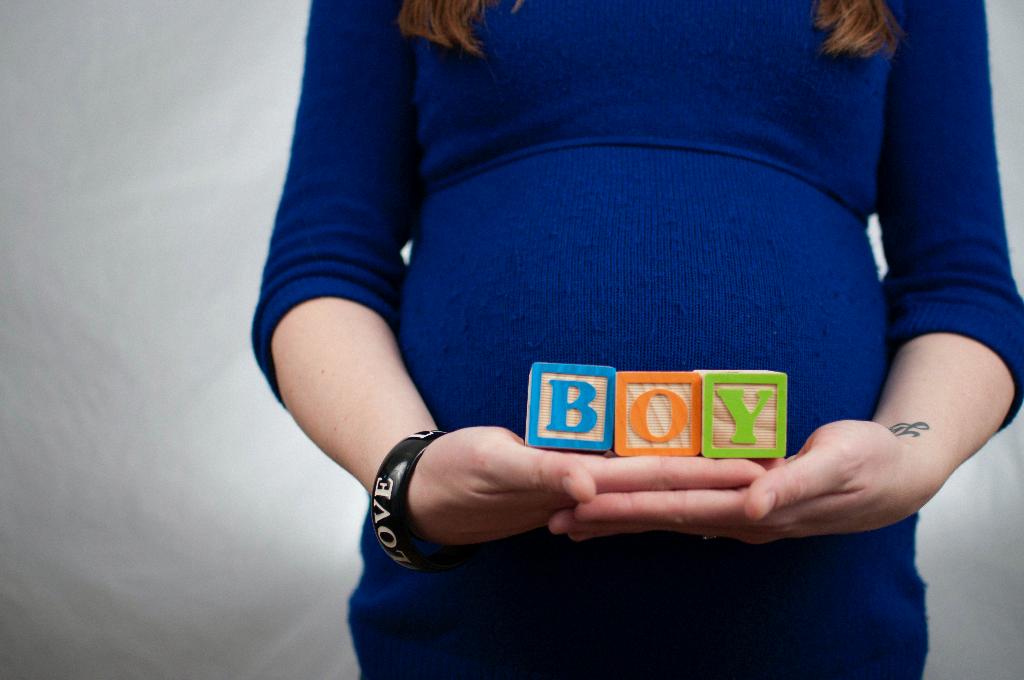When delving into the metrics surrounding maternal health and mortality, one crucial aspect that is often discussed is the Maternal Mortality Ratio (MMR). This ratio is derived from a simple formula: (Number of maternal deaths / Number of live births) X 100,000. By calculating this ratio, we are able to gain insight into the frequency of maternal deaths per 100,000 live births.
The Significance of the Maternal Mortality Ratio
The MMR serves as a key indicator of the overall maternal health picture within a specific region or country. It provides a quantitative measure that helps in assessing the effectiveness of healthcare systems in preventing maternal deaths. A high MMR can signal gaps in access to quality maternal healthcare, while a low ratio indicates better maternal health outcomes.
Calculating the Maternal Mortality Ratio
As mentioned earlier, the MMR is calculated by dividing the number of maternal deaths by the number of live births and multiplying the result by 100,000. This formula enables healthcare professionals and policymakers to quantify the maternal mortality burden and track changes over time.
Data Sources for Maternal Mortality Ratio
Data for calculating the MMR can be gathered from various sources such as vital registration systems, household surveys, and national health databases. These sources provide the necessary information to accurately determine the maternal mortality rate and make informed decisions regarding maternal healthcare interventions.
Interpreting Maternal Mortality Ratio Trends
Monitoring trends in the MMR is essential for evaluating the impact of healthcare policies and programs aimed at reducing maternal mortality. A decreasing MMR indicates progress in maternal health initiatives, while a stagnant or increasing ratio may signal the need for targeted interventions.
Challenges in Improving Maternal Mortality Ratio
Despite efforts to reduce maternal mortality rates globally, challenges persist in achieving substantial progress in improving the MMR. Factors such as limited access to quality healthcare services, inadequate infrastructure, and socioeconomic disparities contribute to the persistence of high MMR in certain regions.
Impact of Maternal Mortality Ratio on Communities
The MMR not only reflects the health status of women but also has broader implications for communities and societies at large. High maternal mortality rates can have detrimental effects on families, children, and the overall well-being of populations, highlighting the urgency of addressing maternal health disparities.
Evaluating Maternal Healthcare Systems
By analyzing the MMR, healthcare systems can identify areas of improvement and allocate resources effectively to enhance maternal health outcomes. Continuous monitoring of the MMR enables healthcare providers to assess the impact of interventions and tailor strategies to address specific maternal health challenges.
Policy Implications of Maternal Mortality Ratio
Policymakers rely on the MMR as a crucial metric to inform policy decisions and allocate funding for maternal health programs. Countries with high MMR are prompted to prioritize maternal healthcare initiatives and implement strategies aimed at reducing maternal mortality and improving overall maternal health.
Celebrating Progress in Maternal Health
While challenges in maternal health persist, it is essential to acknowledge the progress made in reducing maternal mortality rates worldwide. Efforts to improve access to maternal healthcare services, promote safe childbirth practices, and enhance healthcare infrastructure have contributed to positive changes in the MMR, underscoring the importance of continued investment in maternal health.
Conclusion
In conclusion, the Maternal Mortality Ratio is a vital indicator that provides valuable insights into maternal health outcomes and the effectiveness of healthcare systems in preventing maternal deaths. By understanding and interpreting the MMR, stakeholders can work towards improving maternal health outcomes, reducing disparities, and ensuring the well-being of women and communities worldwide.

